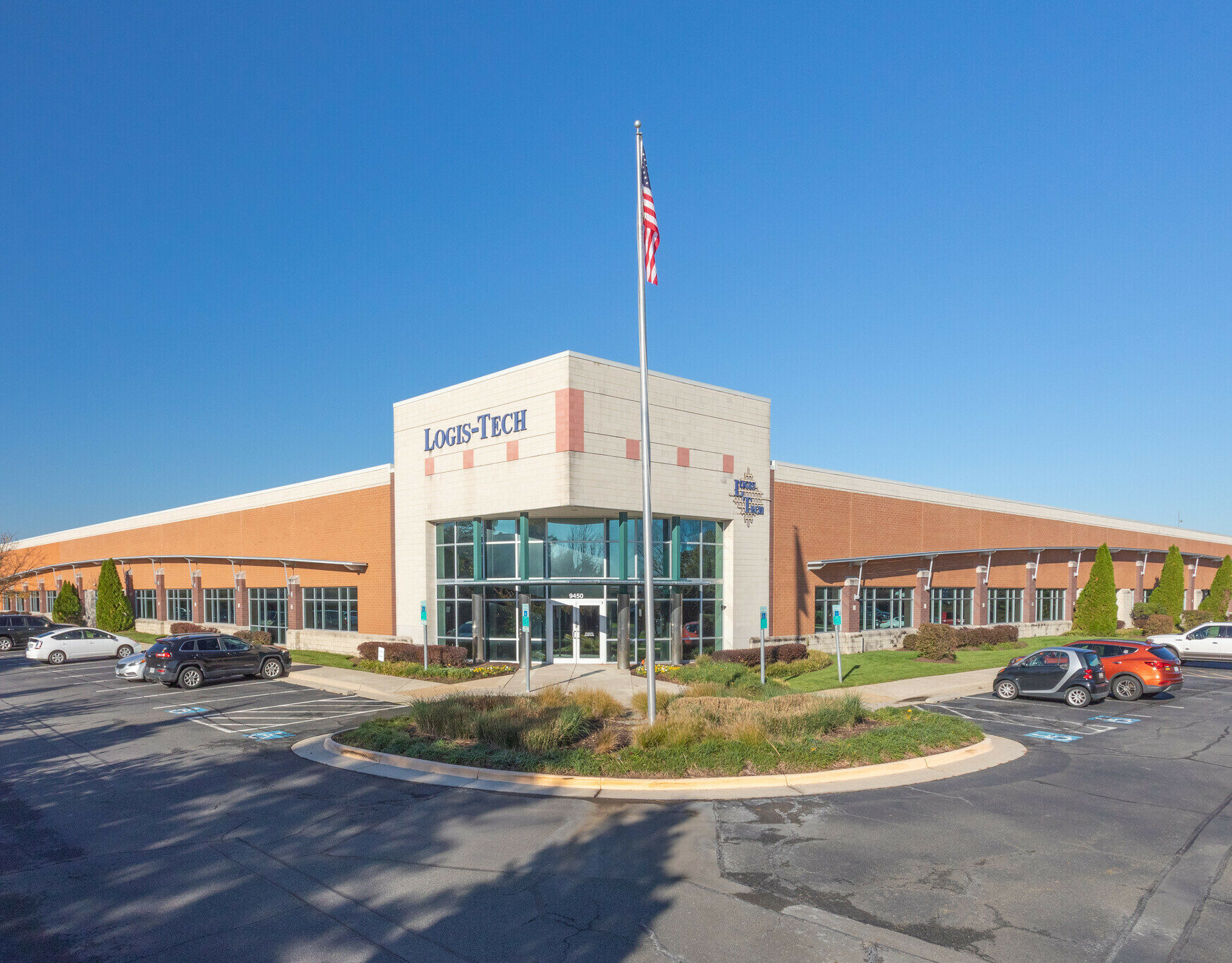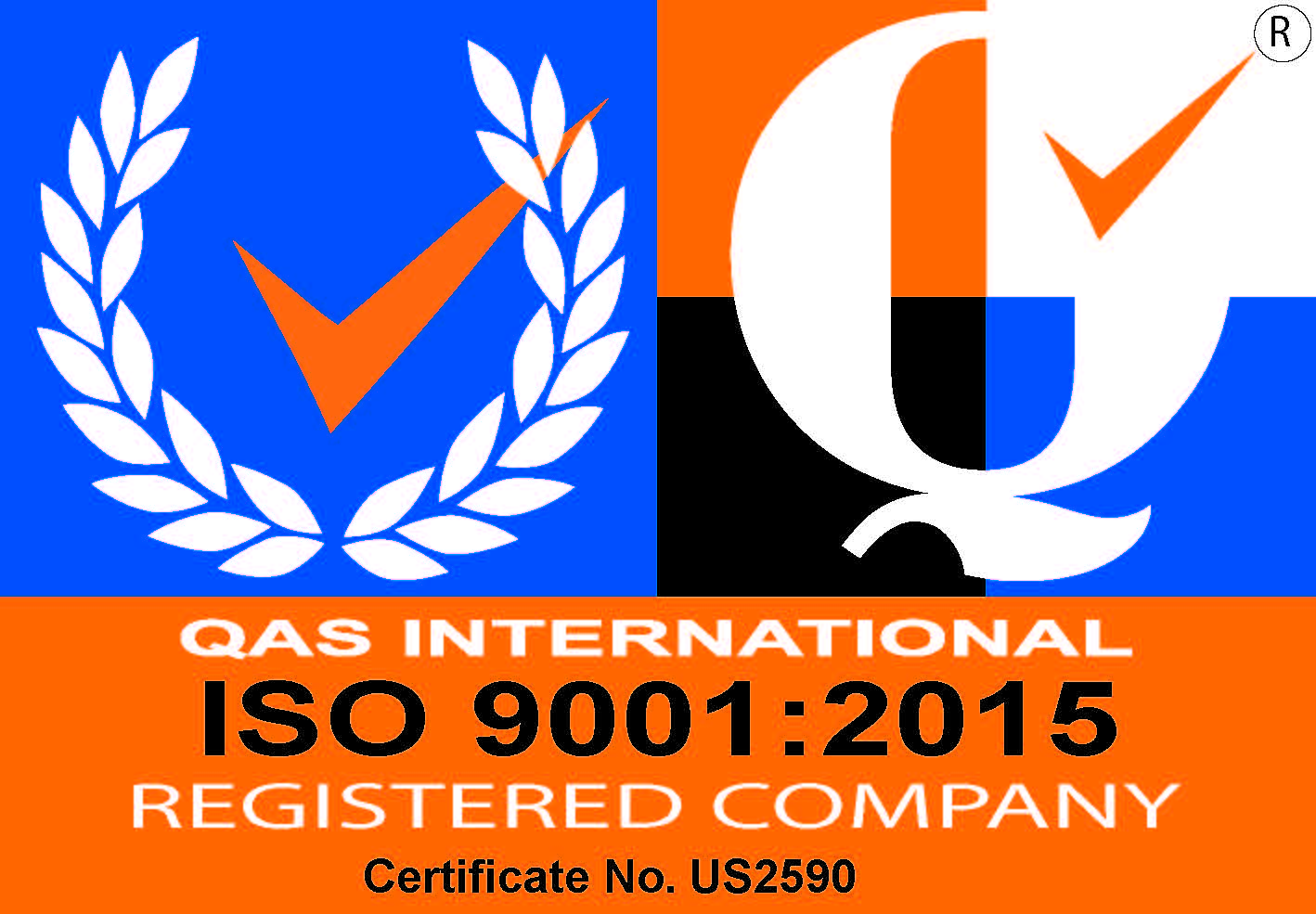
What is mold and where is it found?
Mold is present everywhere, indoors and outdoors. There are more than 100,000 species of mold and at least 1,000 species of mold are common to the U.S. Mold is most prevalent in environments where there is water or dampness.
How does mold grow?
Mold needs moisture, a food source, and a specific temperature range to grow. It can grow almost anywhere there is high humidity, or dampness. Removing the source of moisture, such as through dehumidification, is critical to preventing mold growth. Mold growth does not require the presence of standing water, leaks, or floods; mold can grow when the atmospheric moisture (relative humidity) is sufficiently high.
Relative Humidity and Mold:
The ability of air to hold moisture decreases as the air temperature falls. If a unit of air contains half of the water vapor it can hold, it is said to be at least 50% relative humidity (RH). The RH increases and approaches saturation as the air cools. When air contains all of the water vapor it can hold, it is at 100% RH and the water vapor condenses, changing from a gas to a liquid. The temperature at which condensation occurs is the “dew point.” It is possible to reach 100% RH without changing the air temperature by increasing the amount of moisture in the air. It is also possible to reach 100% RH without changing the amount of water vapor in the air, by lowering the air temperature to the “dew point.”
Condensation Feeds Mold:
The highest RH in a space is always just next to the coldest surface. This “first condensing surface,” is where condensation happens first if the relative humidity of the air next to the surface reaches 100%. It is important to understand this when trying to understand why condensation is occurring in one specific area. It is likely that the surface is cooler than the air.







